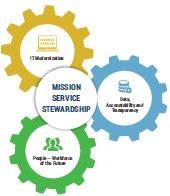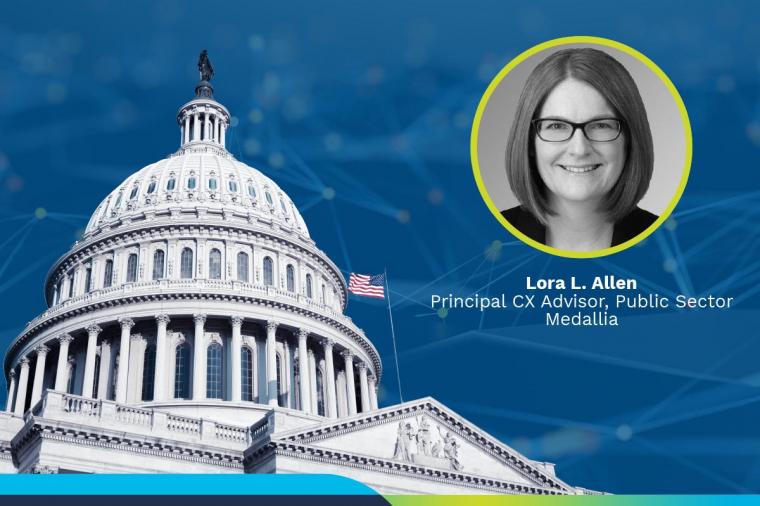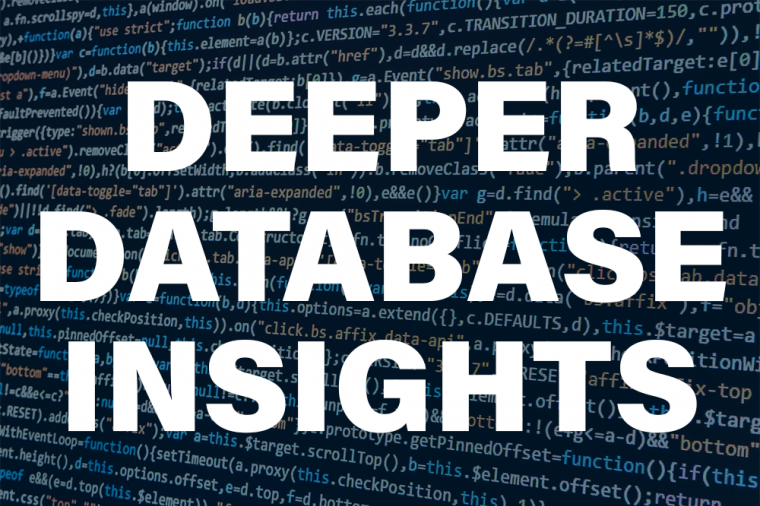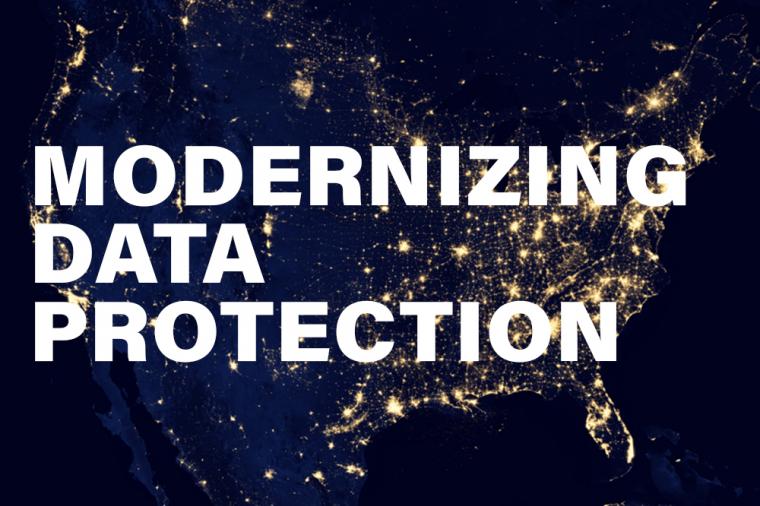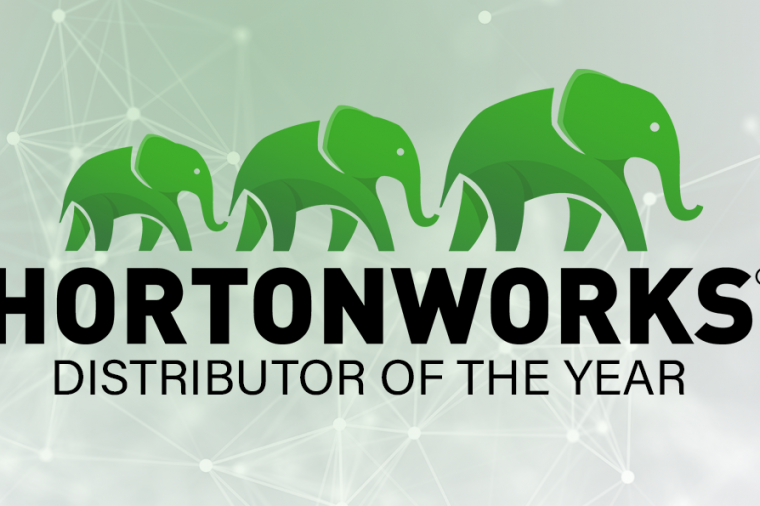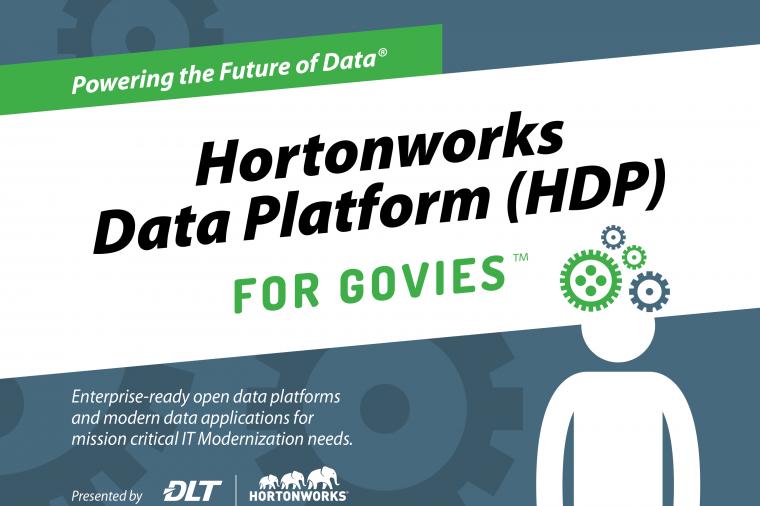Federal Government Data Maturity Model: Drive Your Agency’s 2019 Data Strategy and Roadmap

Form follows function – and so should your organization’s data!
Form follows function is a principle associated with 20th-century modernist architecture and industrial design which says that the shape of a building or object should primarily relate to its intended function or purpose. Similarly, management gurus opine about successful companies’ relationships between organizational structure, mission functions, and business strategies. Function and mission dictate structure in successful organizations. However, all too often structure dictates function.
And we see this in the world of data all the time. Business units build data silos with partial, myopic views to deliver reporting and analytical services specific to their own departmental requirements. Left unmanaged overtime, an enterprise will have numerous islands of data, with overlapping information, and legacy applications that become nearly impossible to sunset. This is the very scenario we see across many federal agencies today.
Form dictates data when organizations lack a data management strategy
Form dictating data is a classic “data silo” scenario.[1] As groups within an organization begin to utilize data to help inform operations or decision-making, the value of insights gleaned can build momentum and analytical maturity.[2]

This is compounded by organizations lacking a data strategy in both the public as well as the private sector.[3] Legacy systems and outmoded architectures continue to inhibit the free flow of data and insights contained therein. Data silos continue to persist, impeding integrated processes that produce seamless, elegant customer (citizen) experiences. The good news, best practices along with new data governance, management and processing technologies exist that offer solutions to these opportunities. Strong leadership in the C-level suite can overcome these barriers by leveraging the Federal Data Strategy.
Let function lead the way with the Federal Government’s Data Maturity Model
The President’s Management Agenda (PMA) and the good work of the Federal Data Strategy Working Group can be leveraged by C-suite executives to create a 2019 fiscal year data strategy for your organization. The PMA has called for IT Modernization: Creating the Platform for Change for our Federal Government’s technology infrastructure. Action on this mandate has already begun to spread with the adoption of cloud technologies and digital transformations across numerous agencies.[4] The PMA also calls for Data Accountability and Transparency: Creating a Data Strategy and Infrastructure for the Future, which has led to the creation of the first Federal Data Strategy.[5]
Taken together, these cross-agency priorities support federal agencies leading a data-driven digital transformation for their organizations (also called Data 3.0). To drive many agency strategies around automation, mobility, IOT and better (360) citizen experiences, digital platforms and the data required to push, pull and process will require a data strategy that crosses traditional departmental boundaries. Data-driven strategies and innovations will determine next-generation architectures and forge a path to sunset legacy systems and data siloes.
How to start?
Where does your agency fit within the federal data maturity model in Figure 3 below? DLTs Office of Technology collaborates with federal agencies and our clients to assess, not only where organizations reside in the maturity model, but opportunities to pilot new processes and technology, which promote advance capabilities in this area. In addition, we advise agencies on roadmaps and solutions that best meet their particular requirements to accelerate and mature their data management program to the next level.
Contact DLT to start the conversation and draft your initial 2019 strategic roadmap for data management and analytical services.

Click here to read more about the Federal Data Maturity Model.
